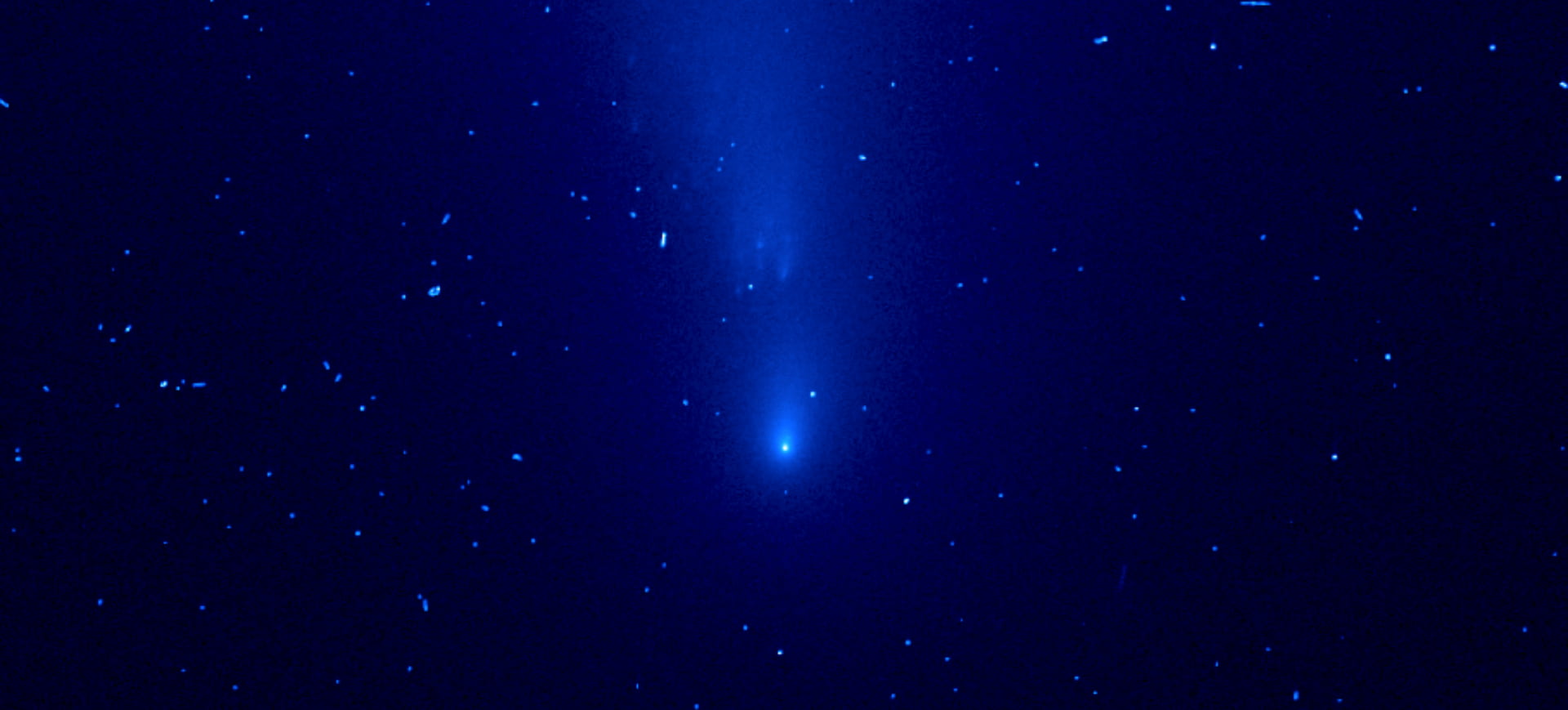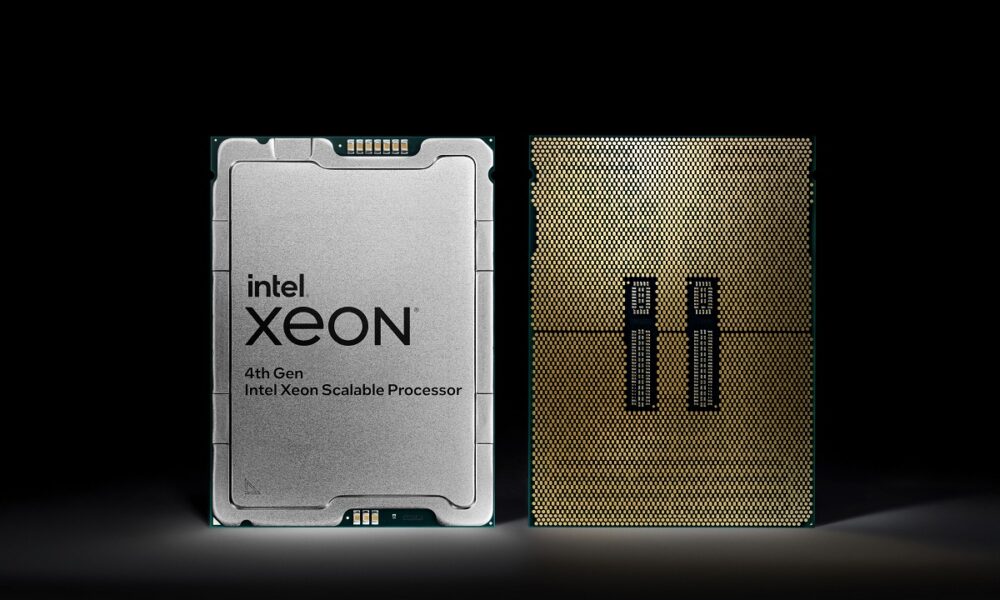
The National Observatory warns of a meteor shower at dawn on May 31, which could light up parts of the sky over Brazil.
The Tau Herculidas (or Tau Herculids) rain will peak at around 2 am (Brasilia time). The phenomenon is a result of the fragmentation of comet 73P/Schwassmann-Wachmann 3 (SW3). In the period from late May to early June, planet Earth will be passing through the trail of debris that the comet left behind in its last passes.
Meteor light will be seen most prominently in the Northern Hemisphere. Even so, in the Southern Hemisphere rain can also be observed, highlighted astronomer Marcelo De Cicco, coordinator of EXOSS – a Brazilian meteor research project in collaboration with the National Observatory (a research unit linked to the Ministry of Science, Technology and Innovation – MCTI). ).
The expectation is that Tau Herculidas will be an atypical rain with good intensity. But, according to the International Meteor Organization, trying to predict hourly meteor rates in this shower is a problem, especially since Earth has never interacted with this trail of debris before. The most optimistic forecasts indicate that there could be 140 to 1,400 meteors per hour. However, this is not guaranteed:
“It is not possible to predict accurately. It could be that nothing happens, it could be a light, intense rain and even a meteor storm”, says de Cicco.
According to the astronomer, for a better visualization of this rain, with its possible hyperactivity, on the peak day, it is recommended that the inhabitants of the southern hemisphere closer to the equator, as in the North and Northeast regions of Brazil, pay attention to the Northwest direction from from 1:55 am (Brasilia time), as, according to calculations by different experts, the possibility of heavy rain could occur between 1:55 am and 2:10 am.
Meteor shower can be best seen in the North and Northeast
Also according to the astronomer, inhabitants further to the Center, South and Southeast of Brazil are not in a favorable position to observe this possible intense rain, unlike residents further to the North and Northeast of the country, who will have a more privileged visibility due to the height of the radiant at peak moment:
“The latitudes close to the city of Manaus and just above it will be the ones that will be in the best position to witness this possible spectacle, rare and inspiring! We also recommend that you look for a very dark place, away from the lights of big cities, in a safe place, to enjoy this astronomical phenomenon”, he added.
While not everyone can see the meteor shower, the shower’s parent comet – 73P/Schwassmann-Wachman – will be visible through medium-sized amateur telescopes from late August.
“The comet will be transiting in the constellation of Leo, well visible from Brazil at night, with a predicted magnitude of around 15, at the end of May. It is worth the attempt to observe it or even make good images of it, whoever has good astrophotography devices attached”, highlighted de Cicco.
The story of comet SW3
In 1930, German observers Arnold Schwassmann and Arno Arthur Wachmann discovered a comet that came to be known as 73P/Schwassmann-Wachman 3”, which orbited the Sun every 5.4 years.
The comet was not seen again until the late 1970s and appeared relatively “normal” until 1995. In that year, astronomers noticed that the comet had become about 600 times brighter. With that, it went from a faint smudge to being visible to the naked eye during its passage.
After an in-depth investigation, astronomers realized that the comet had split into several pieces, filling its own orbital wake with debris. When SW3 passed again in 2006, it had split into nearly 70 pieces. Since then, the object continues to fragment.
If these fragments can be seen at the end of May, they will hit the Earth’s atmosphere with a speed of about 16 kilometers per second, considered slow. However, this year, the meteor shower radiant – the point in the sky where meteors appear to originate – will be high in the night sky at the predicted peak time in the Northern Hemisphere. Thus, it is possible that the visualization of rain is favored in that region, unlike the visibility in the Southern Hemisphere, which will be less intense.
“Because of the uncertainty of the orbital position of the other pieces of comet SW3, we recommend that observations be made in the period from May 28 to June 1, always at dawn, with the possibility of seeing many meteors coming from the Northwest direction, close by to the radiant of the Tau – Herculids”, added de Cicco.
What are meteors and meteor showers?
Meteors are small celestial bodies that move through space and enter the Earth’s atmosphere, burning up partially or completely due to ablation with the Earth’s atmosphere and contact with oxygen molecules. This phenomenon leaves a luminous streak in the sky, which is popularly called a “shooting star”.
A meteor shower occurs when several meteors pass through the night sky apparently starting from the same point: the radiant.
According to Marcelo de Cicco, the study of meteor showers allows estimating the amount and period of greater penetration of debris and remains coming from the meteoroid flows that our planet periodically crosses. In addition, from the study of the dynamic and physical properties of the debris it is possible to better understand our Solar System, characterizing its parent bodies, the comets.
Source: National Observatory



